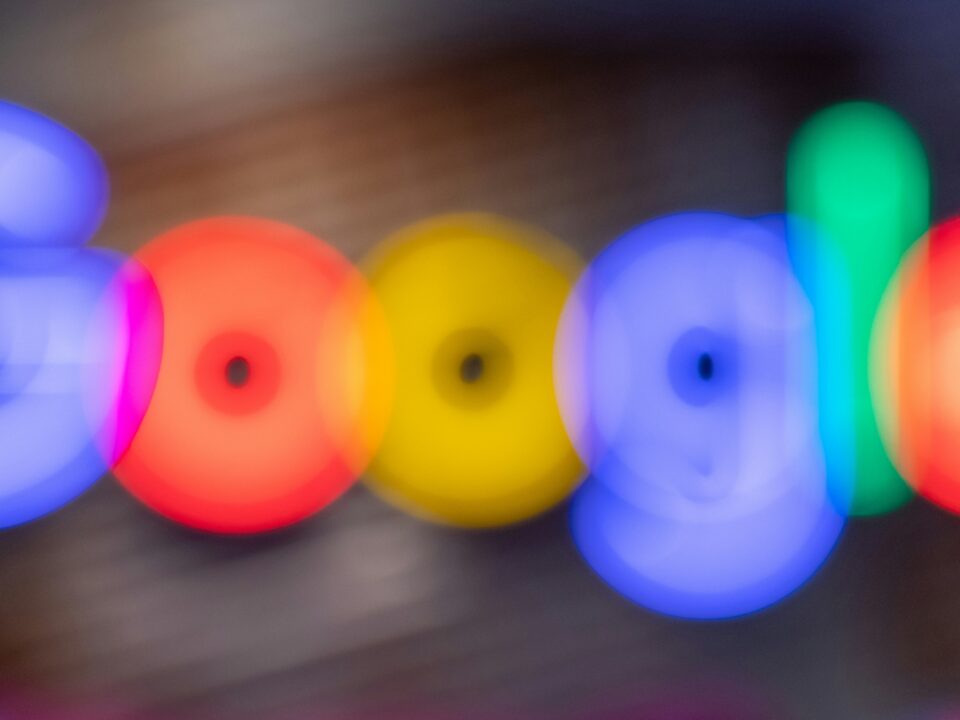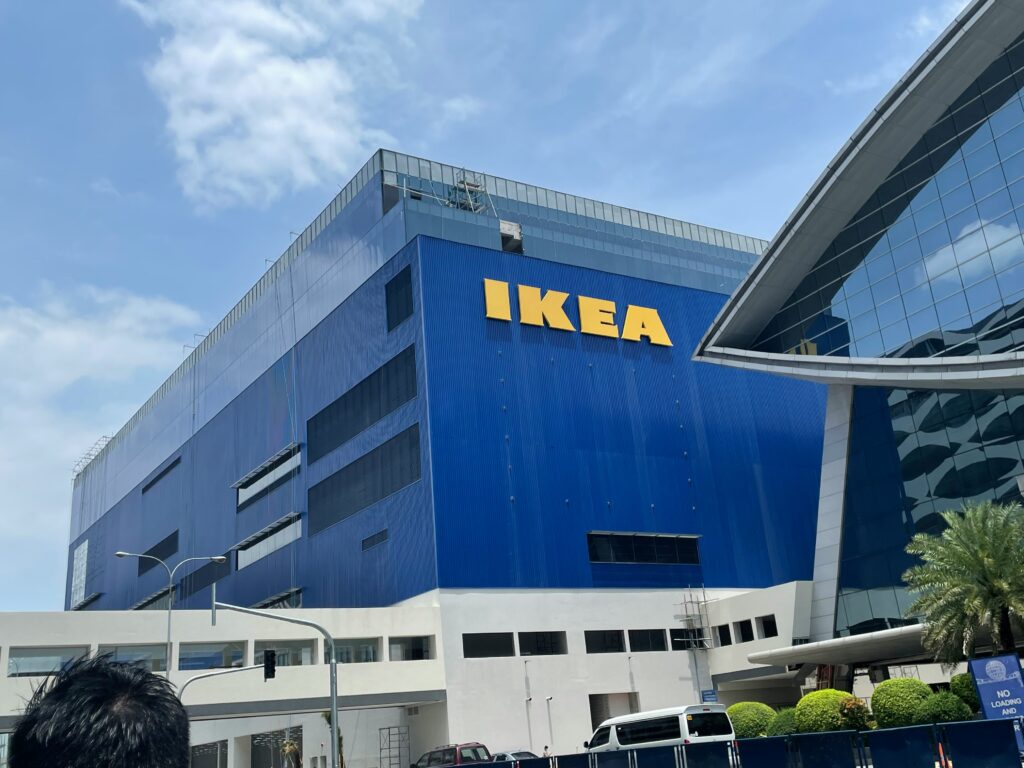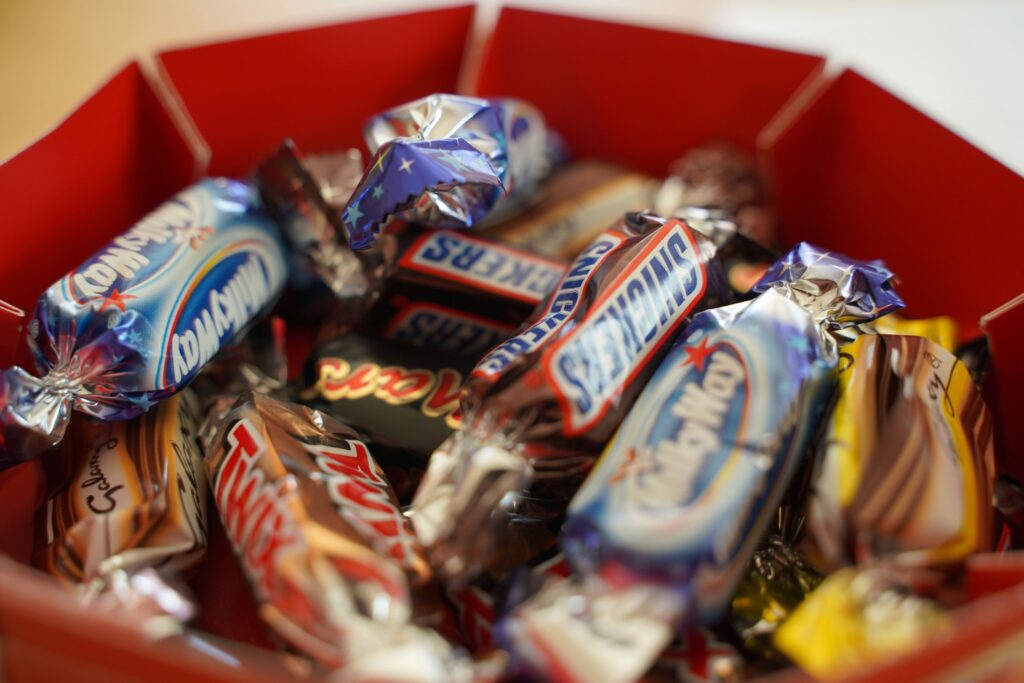

Posted In: Digital by
Connor,
March 5, 2024

Zoe Perkin, Digital Senior Account Executive
Through the years there’s been an abundance of memorable marketing campaigns. However, as search engines like Google refine their algorithms, some campaigns would struggle to gain visibility in today’s digital landscape. In this blog, our Leeds agency’s SEO consultant Zoe Perkin explores the marketing campaigns that wouldn’t survive Google’s algorithm today and why.
IKEA – Relationship issues
Back in 2016, IKEA renamed their products to highly Googled relationship problems. Each of the problems related to the product, for example, naming moving boxes ‘how to make long distance work’. Back then this was a really fun and creative campaign, but now this wouldn’t work.Why? Google’s ‘Helpful Content’ update means that content that has just been created for the sake of ranking has been cracked down on and the IKEA campaign definitely falls into this category. Google wants users to find the advice they are looking for when they type a pain point into the search bar, instead of seeing a single bed or an empty box.

De Beers – Diamonds are forever
Ever heard the phrase ‘a diamond is forever’? Of course you have. This slogan was first used in a 1947 print campaign for the De Beers Diamond Consortium, to combat a decline in sales after the Great Depression. This is now one of the most recognisable marketing slogans of all time, but it wouldn’t work to help your website get found organically today.
The print campaigns used questions such as, ‘how can you make two months’ salary last forever?’ The question is great for print as the thought-provoking nature grabs attention, but online content surrounding this campaign wouldn’t rank in 2024. Google would push searches of ‘how can you make two months’ salary last forever?’ towards search results of practical solutions, rather than diamonds. Sorry, De Beers.
Burger King – The subservient chicken
In 2004, Burger King created an early viral internet campaign to promote their new chicken sandwich. This involved an interactive webpage where a person in a chicken suit would respond to three hundred user commands with pre-recorded videos. For example, if someone asked the chicken to ‘moonwalk’ they would do this. Within a year, the microsite generated almost 400 million sessions.
The campaign was innovative and entertaining at the time but lacks the relevance that Google needs to rank content today. Despite the novelty of the dancing chicken, the links to a burger restaurant chain are very thin. The microsite may also struggle to gain traffic today, having to build domain authority quite quickly.
Coca Cola – Share a Coke
The ‘Share a Coke’ campaign, launched in 2011, involved changing the messaging on bottles to ‘Share a Coke with [name]’. This used 250 of each market country’s most popular names, so people could find a bottle with their name on it and share it with their friends. This led sales to increase by 7%, with more than 250,000 bottles sold in the first three months.
This campaign was successful for social sharing, encouraging user generated content. However, in today’s landscape personalised experiences are increasingly common, which means it may be hard to stand out against competitors. Google’s algorithms prioritise content that offers unique infights or solutions to users’ needs, which challenges the effectiveness of campaigns solely reliant on personal branding.

Snickers – You’re not you when you’re hungry
This campaign made its debut at the 2010 Super Bowl. This involved celebrities acting out of character until they ate a Snickers bar, which changed their personality back to normal. This conveys that the product solves a customer pain point – being hungry. In its first year, this popular campaign helped sales increase by 15.9%.
This campaign worked incredibly well and gained lots of traction as it was both humorous and memorable. However, on Google, this wouldn’t work. This is because users want to effectively solve customer problems with practical solutions. For example, if people type in ‘why do I not feel like myself when I’m hungry’, Google directs people towards eating disorder charity websites.
Want to learn more about Google’s algorithms? Get in touch with our Leeds marketing agency today hello@weareboutique.co.uk